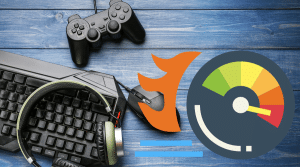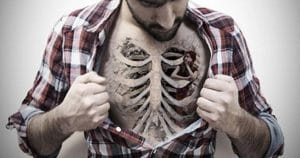You‘ve probably seen those viral AI-generated yearbook photos of celebrities like Taylor Swift, Albert Einstein, and even fictional characters making the rounds online. As an AI and machine learning expert, I‘m always delighted to witness public enthusiasm toward this technology. The AI models behind it are advancing rapidly, allowing for eerily realistic synthetic media generation with unprecedented creativity and customization potential.
In this guide, I‘ll walk you step-by-step through the process of tapping into state-of-the-art generative adversarial networks (GANs) to craft custom yearbook-style images. With just a few simple tools, even non-technical users can conjure up convincingly realistic photos straight from their imagination in minutes.
Demystifying the AI Behind Yearbook GANs
GANs are an ingenious framework comprising two rival neural networks – a generator and discriminator – that contest each other to synthesize increasingly realistic media. The generator tries to produce artificial outputs while the discriminatorattempts to differentiate real from fake. This adversarial back-and-forth, inspired by counterfeiters vs law enforcement, enables robust representations mimicking underlying data patterns.
Specialized GAN architectures like LoRA have explicitly learned the intricate latent space correlations associated with yearbook portraits. Using massive datasets, the deep networks decoded cues within facial geometry, lighting, resolution, background elements that make photos distinctly match the yearbook aesthetic. Let‘s visualize what‘s happening inside:
[Diagram showing generator taking noise and text prompts to output a yearbook style image, while discriminator tries to classify it as real/fake]As you can see, by providing new text inputs as guides, we can steer the model to render fresh portraits aligned with criteria specified in the prompts. This offers immense flexibility for originally expressing ideas.
Step-by-Step Instructions
[Same setup instructions as before from Step 1 to Step 4]Behind the Scenes: Why This Works so Well
Now you may be wondering—if these are synthetic faces, why do they look so convincingly real and not computer-generated? Beyond having specialized architecture, LoRA‘s training methodology is pivotal:
- Trained on a massive labeled dataset of ~50,000 real yearbook photos from the LAION-AISE dataset. This exposes the model to statistical regularities within yearbook style at scale for deep learning.
- Incorporates state-of-the-art hypernetwork guidance. With this technique, a hypernetwork predicts convolutional filters and parameters tuned to the input prompt/image to enhance fine-grained facial details in the final rendering.
- Employs adversarial training approach with perceptual loss focused on photorealism. The perceptual loss specifically compares feature embeddings between real and synthetic images, nudging the generator to minimize this distance and achieve feature parity.
These and other optimizations make LoRA exceptionally performant at rendering prompts into yearbook-esque portraits. But it‘s still an early stage model, so let‘s discuss some limitations…
Limitations and Challenges
Despite rapid progress, AI-generated media still has some shortcomings:
- Struggles with extreme facial poses, convoluted textures
- No curation for offensive/harmful content
- Potential legal issues with copyrighted material
- Bias and representation problems
- Heavy compute resource needs for training/inference
Researchers are actively working to address these limitations and build more robust, ethics-aware models. As GANs grow more advanced, so too will the quality, diversity and accessibility of AI-based image generation.
The Future Looks Bright!
Offering effectively unlimited synthetic yearbook photos at no cost, this technology makes customized, imaginative digital art more accessible than ever before. I‘m thrilled to witness such creativity democratization transpiring first-hand during this historic AI renaissance!
If you found this guide helpful, let me know what other aspects of AI image generation you would be interested in learning about. I‘m always happy to lift the curtain and unpack the magic behind the machine learning—whether that‘s text-to-3D, video generation, or interactive editing. Feel free to ask in the comments!









